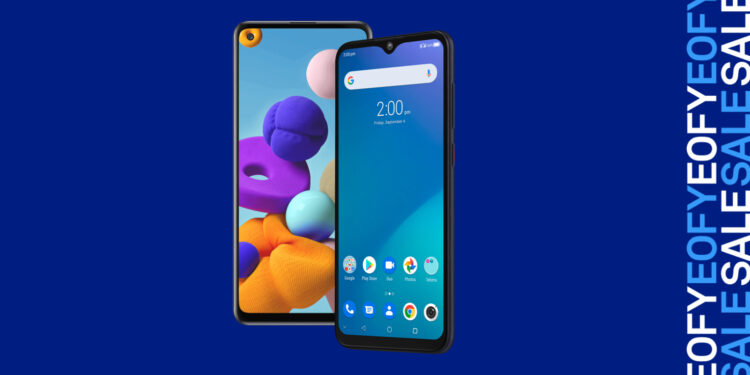Mobile technology has seen many changes over the last two decades. But, innovation is continuing every day. We can do almost everything with our smartphones today, from nearly limitless Internet access, online casino access and mobile banking.
You can manage your business, chat with other people around the globe and send money within seconds. Wearable devices are one example of mobile technology that is being used in new ways. It’s easy to wonder what the future holds.
Although most people are not aware of the impact of artificial intelligence (AI) on mobile technology, it is already changing. AI is already in most cameras, facial recognition and text to voice searches.
Mobile Market Trends
It can be difficult to predict the future of emerging technologies when there is so much innovation in mobile telecommunications. There has been a decline in smartphone sales over the past few years while new devices are emerging and gaining popularity.
Wearable devices and flip phones are back in fashion, a trend that dates back to over 20 years ago. These trends and changes are important for enterprise-level companies. They also need to understand why consumers are seeking them.
Mobile technology is also being used more in games and artificial reality. The phone evolved from a communication device to be a tool for leisure activities. It is important to stay on top of technology trends for sales forecasting, and possibly grow your business in new areas of mobile retail.
The 5G Explosion
The long-awaited arrival of 5G is over. Global 5G is expected to reach one billion users by 2022. This will make it the new standard. This promises increased speed and connectivity that is 100 times faster than 4G. This will enhance the overall user experience, from apps to video content and VR to gaming, as well as improve the overall user experience.
This will also likely lead to higher engagement and retention rates. Apps and video marketing content will become less error-prone. How can you adapt your business to the 5G opportunities? What can you do to enhance your products and improve the customer experience?
Wearable Devices Are the Future
Statista reports that the global number of wearable devices has more than doubled over the past three years. By 2022, more than one million people will be using them.
The smartwatch is currently the most widely used wearable device. However, smart glasses and smart clothing will also gain popularity over the next year.
Smart Glasses
Smart glasses will be the next big breakthrough in wearable technology. They gained a lot of popularity in 2021, and will continue to gain in popularity in 2022. Ray-Ban stories and Amazon Echo frames are some of the most well-known smart glasses on the market. You can not only take photos and videos, but you can also listen to music and make phone calls.
Smart glasses offer a new level of convenience and interaction. Technology companies are working to create prototypes that will make smart glasses more fashionable and include AR technology. This will also allow for expanded mobile capabilities. Apple is also working on smart glass technology for Apple glass. However, the release is planned for 2023.
Smart Clothing
Smart clothing technology is being explored by many companies, including Ralph Lauren, Tommy Hilfiger and Levi’s. Smart clothing is basically electronic devices that communicate with smartphones via the wearer’s skin. Smart clothing and smart wear will offer many unique functions. Smart activewear is one example.
Samsung is creating smart work clothes that can unlock phones, exchange digital business cards and interact with other devices. It is prudent to determine which market segment you will focus on as technology advances. This is the new, coolest, and most importantly, the most unique trend that is sure to gain momentum.
Mobile Technology and Artificial Intelligence
Although most people are not aware of the impact of artificial intelligence (AI) on mobile technology, it is already changing. AI is already in most cameras, facial recognition and voice searches.
AI contributions make use of microprocessors to predict the next steps based on consumer behavior patterns. This data could include everything, from searching to purchasing online to what ads to display. AI stores millions upon millions of data points about each user, which gives a clear understanding of user preferences, where they are going, and what they would like to do.
AI is improving on cybersecurity as another threat. Customers are more at risk from hackers as more information is stored online. AI analyzes network traffic continuously to identify patterns that indicate nefarious intent so users can be better protected.










